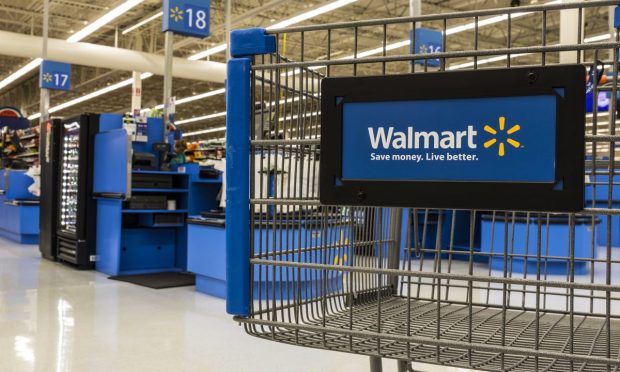It’s ‘TMI Week’ for Retail, as Walmart, Target, Home Depot, Lowe’s Lead Earnings Parade

For individuals, the notion of “too much information,” or TMI, is a jab meant to push back on friends or relatives who are overly open about sharing details of their personal lives.
For retailers, and the investors and industry insiders who follow them, TMI is an abstract impossibility as the demand for details is seemingly insatiable right now within this vast and critical segment of the economy.
To that point, a half dozen of the world’s largest and most important players will test the informational limits this week, as they report their most recent quarterly earnings alongside the government’s most recent reading on April retail sales.
Although Amazon played its hand three weeks ago with Q1 results and an outlook that have since seen its stock drop 25%, its more location-based rival Walmart will kick off the weekly parade Tuesday morning with fresh insight on how its 4,700 domestic stores are doing at meeting consumers’ changing needs.
With headline inflation running at a multi-generational high, worsened by fuel prices that have risen to unprecedented levels, the defensive appeal of buying groceries, discount apparel and other household items on the cheap have rewarded Walmart’s stock in advance of its actual results.
Walmart’s shares are up 10% since it last reported Q4 earnings three months ago, compared to a 10% decline for the S&P 500, and an expectation for just 1% top line growth.
As is so often the case, what Walmart sees and says about the future will likely rule the day, and also carry ramifications for its rivals, the industry and the broader markets.
Target’s Take
While the Minnesota-based retailer’s stock has, like most of its peers, underperformed Walmart this year and this quarter, Target has been leading the pack in digital transformation and strategic innovation. Its crowning achievement is the fact that 96% of its revenue is already being fulfilled through its network of 1,900 domestic stores — even though 20% of sales are being done online.
When Target releases its results Wednesday morning, investors will be looking to see if the company’s 5-year string of uninterrupted same store sales growth remains intact, a streak it has managed to achieve even through the pandemic.
“The way we run our stores is the secret to growing digital sales,” Target CEO Brian Cornell said March 1 on the company’s Q4 earnings call. “We allow our guests to consolidate trips, get more done in one store and experience a little bit of affordable luxury for their families, especially in this inflationary economy.”
The Hardware Heavyweights
The impact that that same inflationary economy is having on the housing and home improvement markets will get a fresh update from category leaders Home Depot and Lowe’s, which are set to report earnings Tuesday and Wednesday respectively.
Facing a mix of challenges from both consumer and commercial customers, the hardware heavyweights are facing rising interest rates, consumer belt-tightening, a housing boom that has been rising since 2008 and slowing of the pandemic era’s nesting trend.
Taken together, they are among the factors poised to shrink the top line performance of the two category leaders which operate over 5,000 retail locations between them, as well as robust and growing digital and mobile apps.
Any fresh insight on the state of the housing market and the consumer’s response to changing macro-economic conditions will likely carry outsized impacts for both companies, which have each seen their stocks fall about 15% since they last reported.
The Headline Numbers
Also out this week will be the latest retail reading from the U.S. Department of Commerce, which will release its April tabulation Tuesday at 8:30 a.m. ET.
Last month, total retail sales growth slowed 0.5%, despite a sharp 6.4% contraction in non-stores sales activity or eCommerce. While the results marked the weakest tally since the December dive of 1.6% due to a surge in omicron COVID cases, the fractional advance was still seen as “reasonable” and a sign of consumer resilience given the backdrop of high inflation, fuel and borrowing costs.
While the new April data will again reflect a large annual increase in energy spending, it is also expected to show the impact that shifting consumer habits are having on numerous categories, especially on big-ticket items such as cars, homes furnishing and electronics.
